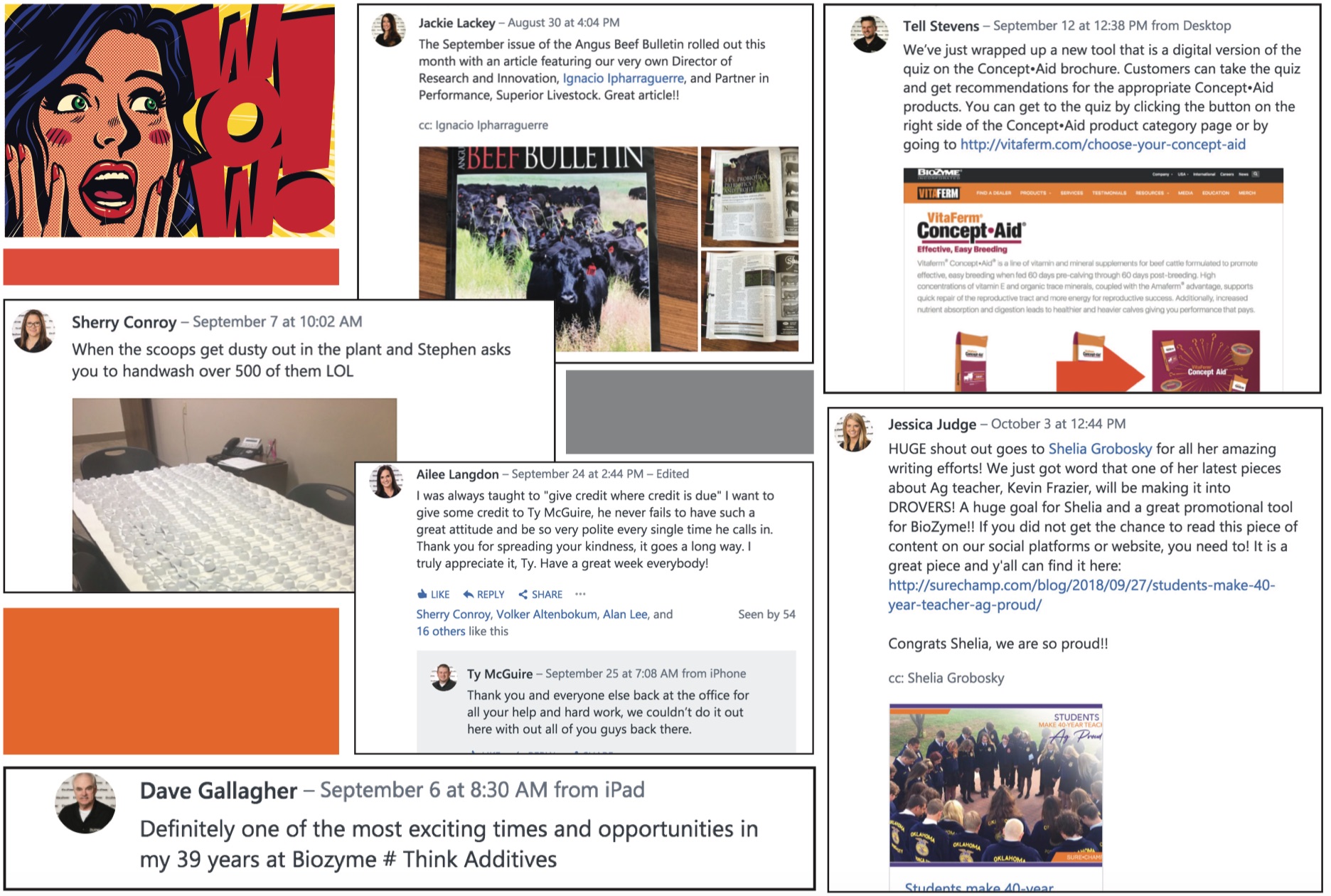The companies that achieve the most growth, that create the best products, and that are consistently thought of as industry leaders, are also the companies that are the most excited about all facets of the future. They allow that excitement to permeate through everything they do, as well as share and showcase that excitement every chance they get.
So how does a company foster that excitement? Interestingly enough, as I googled the topic, I found a bunch of articles with titles that included this same phrase, “how to get excitement back into your business.” That pretty much stopped me in my tracks, as to me the words “get back” means something has been lost. Lost excitement is deadly to business. However, keeping the excitement flame alive can be difficult. There are a number of ways you can work to boost excitement inside your business. All of these ways focus on your team. People are the face of excitement and must be where all of your efforts are focused.
Rid the Rotten
To create excitement today, you might have to get rid of what was. Getting rid of old ideas and behaviors is harder than changing to new ones. Eliminate any “rotten” ideas and behaviors that may be dragging your team down, so you clear the way for a new, exciting approach. It’s hard, but doing it builds excitement. I don’t like to share my “rotten” things so I will leave this one to each of you to “just do it.”
Build Belief in Tomorrow
Explore your team’s belief in itself and discover ways to build and sustain the belief in a strong future. What are you working on today that might not pay off until years from now? Whatever it is, share it in a simplistic, passionate way. At BioZyme®, we are working with 6,000 fruit flies in Germany to teach us the precise challenges that our AO broth impacts. These fruit flies are primarily used in human research, so getting to use them for animal applications is exciting and certainly builds belief in tomorrow.
Do Something Unexpected
Doing something unexpected can boost your team’s confidence in your willingness to take the risks that are necessary for an exciting future. It’s easy to do these types of things, but for some reason most of us do not. Sending a short, hand-written note of appreciation, staying late to help the team finish a project, giving an unexpected day off or coming to work as a leprechaun (yes, I did this) creates “crazy” excitement.
Get Rid of Secrecy
Nothing is more destructive than keeping information from team members—except telling them that you’re keeping information from them. Sure, there is sensitive information in any organization that must be handled appropriately; however, think twice about what “secrecy” really does to excitement. Employees are more likely to grow a company’s productivity when they have access to the knowledge they need.
Embrace Conflict as a Good Thing
Conflict is a by-product of creating excitement – it needs to be acknowledged and dealt with to keep excitement alive. I recently read a great book by Patrick Lencioni, called The Five Dysfunctions of a Team. It does a great job of teaching how to embrace conflict as the positive it really is.
When a person is excited, their emotions become more powerful, which can affect their decision-making abilities. Excited people are more likely to make decisions. Use this to your advantage as you implement these strategies in ways that cause great enthusiasm and eagerness.












